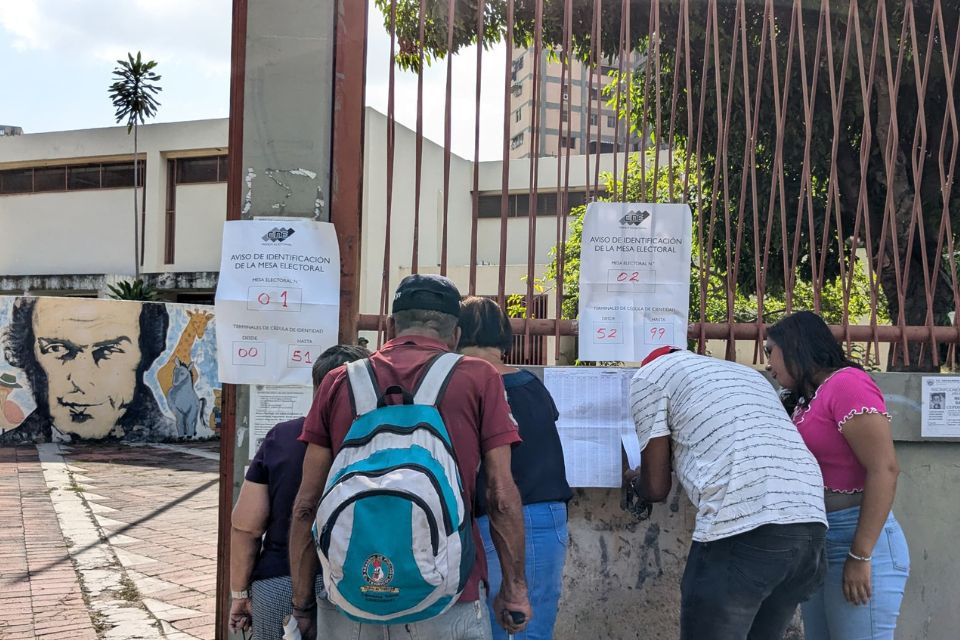The largest military march in the world, the Prestes column, which some historians say should more appropriately be called the Miguel Costa – Prestes column, turns 100 years old this Monday (28). With 1,500 men and women, most of them low-ranking soldiers, the march covered around 25 thousand kilometers in two and a half years, passing through several states, and was never officially defeated.
Although better known as Coluna Prestes because of its most famous leader, Luís Carlos Prestes, the rebel movement was also commanded by Miguel Alberto Crispim Rodrigo da Costa. An Argentine naturalized Brazilian, a soldier in the São Paulo Public Force, he was notable for his participation in the 1924 Paulista Revolt, a conflict between the São Paulo military and the government of Artur Bernardes, the embryo of the column. For this reason, many name the famous movement as the Miguel Costa – Prestes Column.
“If it weren’t for Miguel Costa, there wouldn’t be Luís Carlos Prestes in history, as it was the Miguel Costa column that saved Prestes’ gauchos from hunger and cold,” said journalist Yuri Abyaza Costa, author of the books Miguel Costa, a Brazilian hero and Marching with Miguel Costa – action by Coluna Paulista in the interior of São Paulo, Paraná and the connection with Coluna Prestes. Yuri is the grandson of Miguel Costa.
Yuri Abyaza refers to the episode when, defeated in the Paulista Revolt by the forces of the federal government, the rebels from São Paulo joined those commanded by Prestes, who led the group in Rio Grande do Sul, whose contingent was quite physically and militarily weakened. . From there, the march of the famous column began, an event most emblematic of what became known as “Tetentismo”.
If Miguel Costa was the military strategist of the Column, Prestes, for his part, is remembered for his more “human” side with those he commanded, according to the testimony of journalist Domingos Meirelles, on the program Reporting Pathsfrom the TV Brasilshown in 2015. Meirelles, author of the book The Nights of the Big Bonfiresalso about the Column, said that “Prestes was very loved by the troops”.
According to the journalist, “he used some free time to teach soldiers literacy, he was always at the side of those who were victims of serious injuries and with a remote chance of surviving”. Meirelles also recalled that, although the Column’s main adversary was the Brazilian Army, the column’s biggest enemies in the day-to-day battles were the landowners, “who, arming their henchmen, encouraged by the government, formed the so-called patriotic battalions”. “And this is where the misfortune of the young rebels really begins. These country men were the ones who made life much more miserable for the column than the Brazilian Army,” he added.
But the movement was never effectively defeated. The Prestes (or Miguel Costa-Prestes) column was marked by the insurrectionary aspect against the power of the oligarchies of the first decades of the last century, the so-called coffee with milk policy, when politicians from the coffee industry São Paulo and Minas took turns in the Presidency of the Republic, large milk producer. It was also known for the training of its staff, soldiers from the lower ranks of the Army, many of whom were illiterate or semi-literate and field workers.
The journalist and historian, specialized in the period, Moacir Assunção, author of São Paulo must be destroyed: the story of the bombing of the capital in the 1924 revoltcommented that “the Column has the place it deserves (in the History of Brazil), it was the largest military march in the history of the world, with 25 thousand kilometers covered and the defeat of 11 legal generals by the rebels, remaining undefeated throughout the entire time and inspiring revolutionaries such as Mao Tse Tung and Fidel Castro, who confess the inspiration of their marches in the Miguel Costa-Prestes Column, in addition to having influenced the end of the so-called agrarian vocation of Brazil, which began to become an industrial country after the victory of Revolution of 1930”.
The main demands of the Column were the implementation of the secret vote (against the so-called “halt vote”, practiced at the time when the heads of local politics controlled the vote of the local population), the defense of public education and the obligation of secondary education for the population, adding to the flags for the end of poverty and social injustice in the country.
“The great strength of the column was its association with the popular flags that it defended, such as the right to universal voting, the right to literacy, agrarian reform, the end of poverty and having managed to transmit this ideal that it was necessary to bring Brazil for Brazilians”, said sociologist, political scientist and writer Ana Prestes, granddaughter of the revolutionary, who became the main reference of the country’s communist movement and one of the most influential political personalities of the last century.
“The Column was formed by men and women (few and resistant) who loved Brazil from within and who connected with the Brazilian population abandoned by the Old Republic”, added Ana.
As the movement was never, in fact, suppressed by official power, its legacy was that it left the oligarchic government with its foundations weakened. The criticism expressed by members of the Column, echoed by other dissident political sectors of society, was reinforced.
And it also contributed strongly to the 1930 revolution, or October Revolution, when the rebel governments of Minas Gerais, Paraíba and Rio Grande do Sul carried out a coup d’état, removing then-president Washington Luís from the presidency of the Republic and preventing the possession of his replacement Júlio Prestes. Getúlio Dornelles Vargas, military and politician from Rio Grande do Sul, inaugurating the so-called “Vargas era”, a period that ran from 1930 to 1945, with the Estado Novo dictatorship being installed from 1937 to 1945.


















